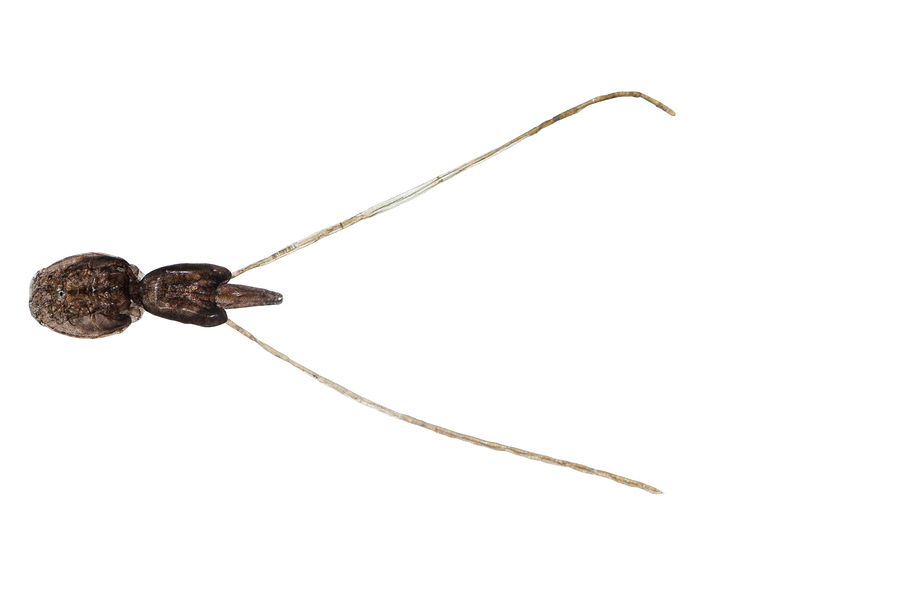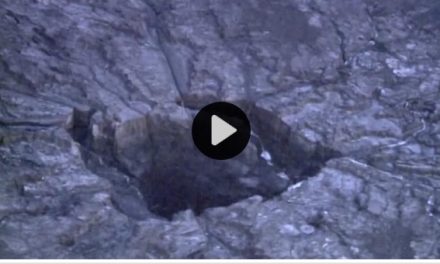Right now, wholesale prices of salmon are 50 percent higher than they were last year, due in part to a surge in parasitic sea lice. And this infestation is threatening to disrupt cultures that count salmon farming as a way of life.
The tiny lice are actually little crustaceans that attach themselves to salmon and feed on them. This process either kills the salmon or renders it unsuitable for consumption. These parasites have infested salmon farms in the US, Canada, Scotland, Norway and Chile, which in turn costs the global aquaculture industry about $1 billion annually. 1
“Farmers worldwide consider sea lice the biggest threat to their industry and say the persistent problem is making the fish more expensive to consumers. Farmed salmon was worth nearly $12 billion in 2015, according to the Food and Agriculture Organisation of the United Nations.
The only hope is to develop new methods to control the spread of lice, which are present in the wild, but thrive in the tightly packed ocean pens for fish farming, said Shawn Robinson, a scientist with the Canadian Department of Fisheries and Oceans.”2
In their short lifespan, lice can grow to about the size of a pea and lay thousands of eggs. This isn’t a problem for wild Atlantic salmon. But again, it’s much harder to manage in ocean pens. And, while farmed fish were initially feed with the insecticide emamectin benzoate, in 2009 the lice became resistant and have since spread globally (nature always finds a way).
Last year, the worldwide supply of salmon fell by almost 10 percent and Norway was hit the hardest (there are hundreds of times more salmon in aquaculture than in the wild). And don’t forget, fish can and do escape their pens and if they do and they are infested with lice they can introduce them to wild fish.
As lice populations take over, farmers have had to look for new ways to combat the problem: 3
- Norwegian farmers may begin to use new closed-in pens that resemble giant eggs instead of typical mesh pens.
- Scottish farmers have deployed a device known as a Thermolicer to warm the water and detach the lice from fish.
- Farmers in North America and Europe are experimenting with using species of “cleaner fish” (mussels, who will eat larval sea lice) to coexist with the salmon and eat the lice.
- Underwater drones can zap lice with lasers to kill them.
- Cooke uses a pair of boats capable of pumping 10,000 fish at a time into a hydrogen peroxide bath, which kills most of the lice (however this process also stresses and kills some fish).
- And Cooke engineers have developed a vessel that contains a series of tubes that send 300 salmon a minute on a winding journey while dousing them with warm water to remove lice.
As the worldwide demand for fish rises, and the lice problem surges, farmers must learn new ways to innovate. But, at what cost?












